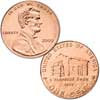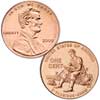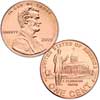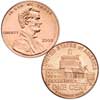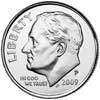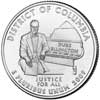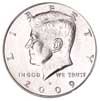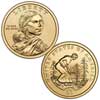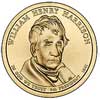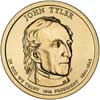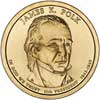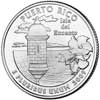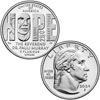The U.S. Virgin Islands quarter is the fifth in the 2009 District of Columbia and U.S. Territories Quarters Program. These islands, located in the Caribbean Sea east of Puerto Rico, were explored by Christopher Columbus in 1493. They were first inhabited by the Arawak, Taino and later the Carib Indians, and colonized by Denmark beginning in 1666. During the Napoleonic Wars, the islands were occupied by the English from 1801 to 1802 and from 1807 to 1815. Originally named the Danish West Indies, the United States purchased the three islands - St. Croix, St. Thomas and St. John - along with approximately 50 islets, from Denmark in 1917 for $25 million. Congress granted American citizenship to residents of the U.S. Virgin Islands in 1927. Under the Revised Organic Act of 1954, the U.S. Virgin Islands were provided a substantial amount of self-government, including the creation of a central government with distinct executive, legislative and judicial branches. Tourism is the primary economic activity, accounting for most of its gross domestic product and 70 percent of employment on the islands.
The U.S. Virgin Islands quarter reverse features an outline of the three major islands, the yellow breast or banana quit, its official bird; the yellow cedar or yellow elder, the official flower; and a Tyre Palm Tree with the inscriptions, U.S. VIRGIN ISLANDS and United in Pride and Hope, the official motto of the territory.
Mintage:
| Philadelphia | Denver | Clad Proof | Silver Proof |
| 41,000,000 | 41,000,000 | 1,477,967 | 694,406 |


